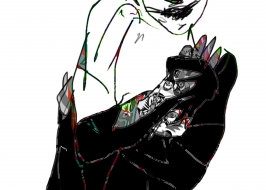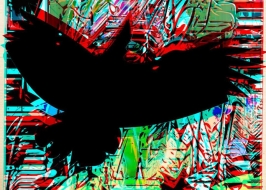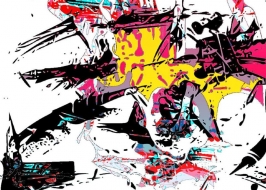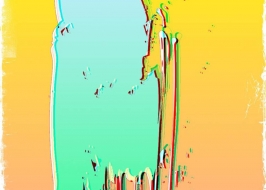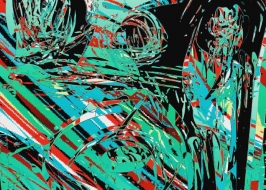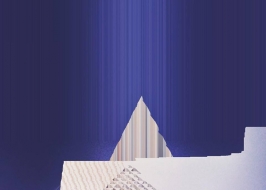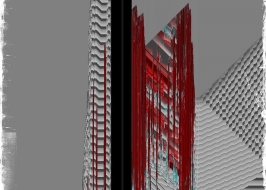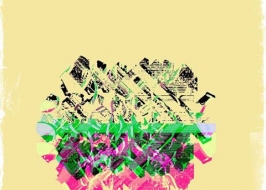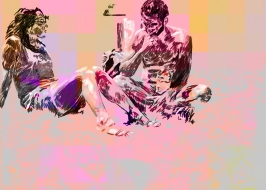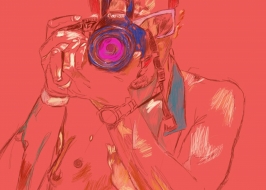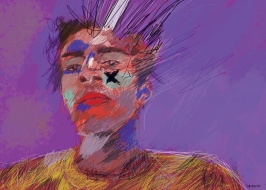Update"Or Raviv"Raoul and Graziella de Picciotto Building for Scientific and Technical Support1
In 1801, William Turner (1775-1851) was stopped by guards at the entrance to the Royal Academy of Arts in London. The guards had instructions to check the pockets of the young artist, who was already an Academy member and whose paintings were hung in the exhibit inside. It seems that during the opening of a previous exhibit, he had slipped brushes and paints into the gallery so as to continue working on his painting during the event. For Turner, a painting was never finished.
In 1963, Alan Turing, the father of modern computing, proved that if one has an arbitrary computer program running on a computer with unlimited memory, it is impossible to say whether that program will finish its calculation at some point and stop running – or continue to run forever. This problem, known as the “halting problem,” is a classic example of a problem that a computer cannot solve. (Programs running on computers with limited memory either come to a halt or continue running in an endless loop. This is due to the restrictions of the hardware, not the properties of the program.) Or, as Geoffrey K. Pullum (who penned a Dr. Seuss-style verse about the halting problem) wrote:
No program can say what another will do.
Now, I won't just assert that, I'll prove it to you:
I will prove that although you might work til you drop,
you can't predict whether a program will stop.
Or Raviv is a programmer and a graduate of the Beit Beryl School of Art in 2013. He uses digital media to explore the question of the finish line: How does one know when a piece is completed? How does an artist know when to stop? Despite the gap of over two centuries, Raviv’s work ties in directly to that of Turner. And his use of computerized, digital forms links him directly to Turing and his halting problem.
Like Turner, Raviv works by putting down layers, and then removing parts of the top layers to expose those underneath. This process creates a complexly textured work in which the various layers converse with those above and below. The bold hues are reminiscent of Turner; while the echoing lines that suggest movement around the dimensions of the human body remind us of the “automatic drawings” of Jean Arp and André Masson. Thus, though Raviv’s work is completely contemporary, it is informed by history. His creations may be rooted in the installation style typical of the beginning of the third millennium, but the use of the multilayered technique, the movement expressed in the automatic drawing and, above all, the explicit references to the halting problem remind us that there will always be questions for which we can never find an answer.
Curator: Yivsam Azgad

